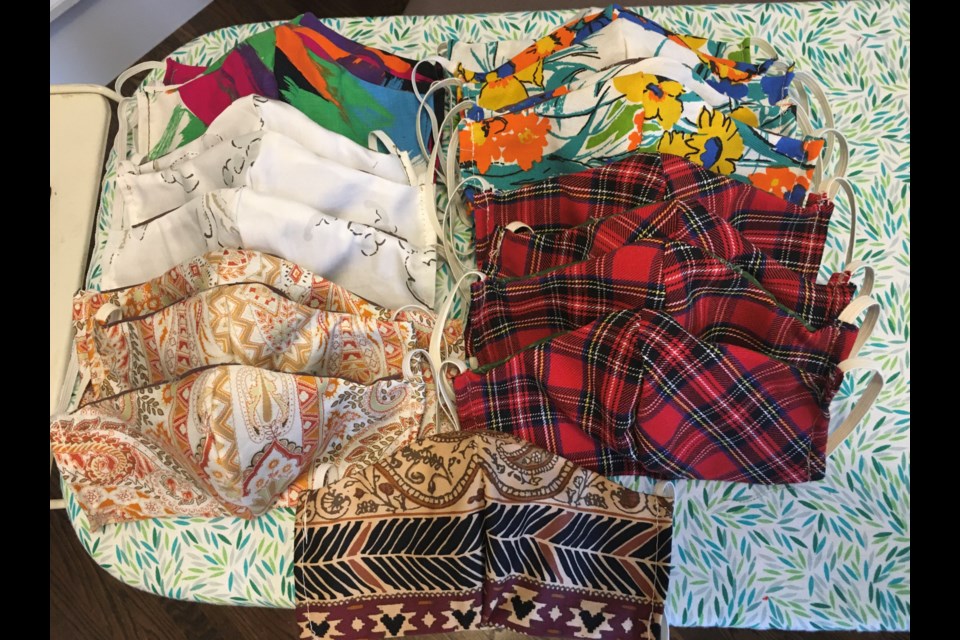Future generations will no doubt learn about the COVID-19 pandemic in history classes and Guelph Museums is eager to provide community context to those cold, hard facts.
It’s been collecting objects, images and personal stories from local residents about their experiences and the impacts of this public health crisis since the early days of March 2020 – an effort that is ongoing.
“This is an historic event we’re still living through and we don’t know the end of the story yet,” said Tammy Adkin, the city’s manager of museums and culture. “As the pandemic has evolved, the story has evolved as well.”
The museum’s collection has grown to include hundreds of donations – both physical and digital – including masks, painted rocks saluting frontline workers, photos, video and more. Perhaps most importantly, each item comes with the donor’s story about the object’s significance and relevance to their life during the pandemic.
“We’re really finding it helpful and important to connect those personal stories with the material,” said Adkin.
Community donations will be stored “in perpetuity” to be used in various exhibits and made available to researchers, she noted. They’ve also been photographed, with details about them posted online.
“In a way, we had the luxury of being able to collect in real time to ensure that we did have objects and images and stories from the time that would help us understand our current situation and how Guelph was responding to the circumstances in real time,” Adkin continued. “By accepting this material into our collection, it will help to inform future generations, future citizens about this point in time in history.”
City resident and University of Guelph infectious disease epidemiologist Amy Greer decided to combine her area of expertise with her love of knitting, creating a 2.1-metre long scarf that’s colour-coded to match with daily provincial vaccinations.
“I spent a lot of time on conference calls, as somebody who works in pandemic in this area,” she said. “It was just something I did while I was working away on calls or whatever, a little bit every day.”
Though not its intended purpose, Greer acknowledges the scarf will likely end up in a museum of some sort but has not officially decided.
“I didn’t have any plans for it. I picked colours I like,” she said. “I didn’t really consider how long it was going to end up to be.”
Guelph Civic Museum recently wrapped up an exhibit featuring some of the community donations it’s received. Known as “Rapid Response: Collecting Experiences as they are lived,” ran from July through February.
"We had a very positive response to the Rapid Response exhibition. Visitors appreciated seeing stories and experiences that mirrored their own reflected in the exhibition," said Adkin. "The exhibition conveyed a sense of community and collective memory, which in turn provided comfort in knowing we have been in this together."
The exhibit ran for seven months, though the museum was closed to in-person visitors for much of January due to pandemic restrictions. Throughout its run, the exhibit had about 4,300 visitors.
Rapid Response also included numerous items and stories associated with the Black Lives Matter solidarity march organized by the Guelph Black Heritage Society which attracted several thousand people, in the midst of a pandemic, to march through Downtown Guelph during the summer of 2020.
